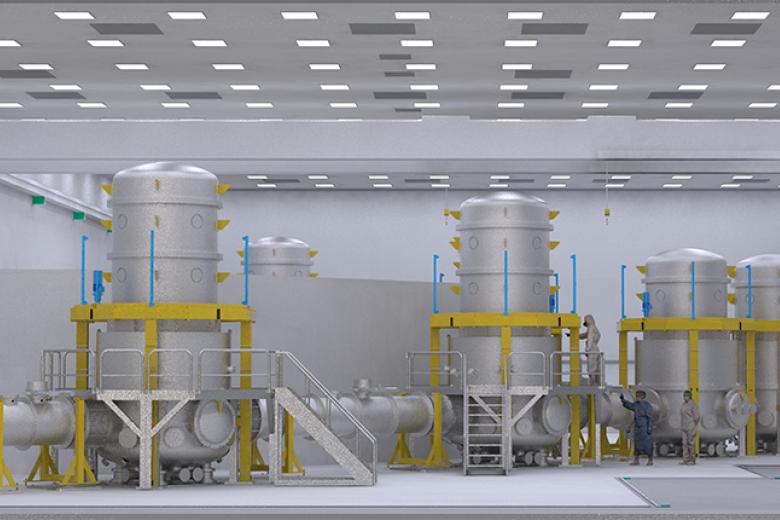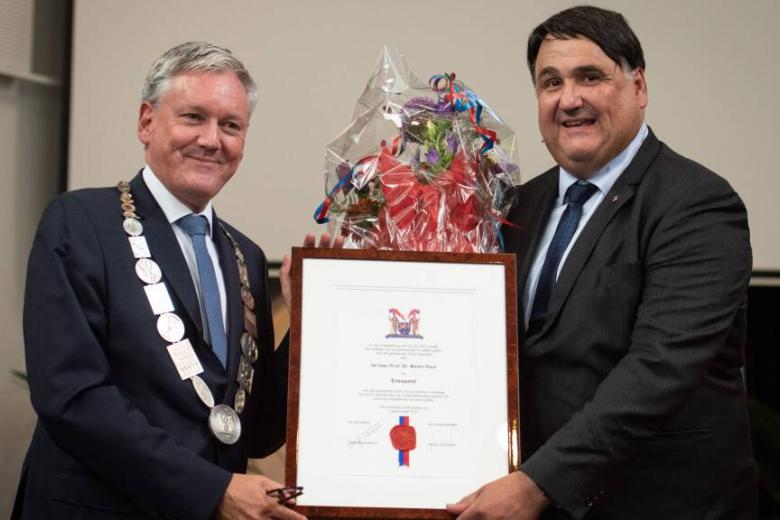Molecular processes of coronavirus identified
MAASTRICHT 13 May 2020 – Scientists of Maastricht UMC+ and Maastricht University are closely involved in describing the molecular mechanism of the coronavirus. Based on available research data, molecular interactions that the virus enters into with a human host cell and the influence of the virus on the metabolism and immune system are visualised, among other things. This provides new insights to aid research as well as pointers to help in the search for a vaccine. An international group of scientists has recently published their work in the scientific journal Scientific Data.
It is still very unclear how the coronavirus (SARS-CoV-2) operates and why it behaves the way it does. The penetration of the virus into a host cell is itself a complex set of interactions at the molecular level. This collection of interactions is also referred to as ‘pathways’ in scientific terms. Dozens of proteins and genes of both the virus and the host (in this case the human being) are involved in these molecular processes. A group of some 200 scientists from all parts of the world are working to present these processes graphically.
WikiPathways
In order to obtain a good visualisation of the molecular processes, scientists are using research data that are being generated all over the world. New scientific publications on the coronavirus appear every day, each one adding more knowledge about a small part of the puzzle. The Maastricht scientists are bringing the puzzle pieces together in an online database called WikiPathways. Other researchers from the international network are using similar databases and they will ultimately all collaborate to obtain a better understanding of the workings of the coronavirus at the most detailed level. This combined effort is called the COVID-19 Disease Map.
A better understanding
“See it as a roadmap of the coronavirus,” says Prof. Chris Evelo, professor of bioinformatics at Maastricht University Medical Centre+/Maastricht University. “By putting together ever more pieces of the puzzle and visualising them, we help other scientists to find more new angles for research.” In addition, this provides tools for better understanding the relationships between new research results. Scientists who make predictive models, for example showing the course of the infection, in the search for clues to possible medicines can benefit from the ‘roadmap’. Evelo: “With a great international team effort, we have also created a valuable scientific foundation. Scientists engaged in research on the coronavirus are encouraged to make their data available as much as possible. It is only in this way that the COVID-19 Disease Map can move closer to completion every day.”
Scientists who are doing research on the coronavirus, and in particular on what is called the ACE2 receptor, are encouraged to share their data with the Maastricht Department of Bioinformatics (BiGCaT)
Also read
-

-
International gravitational wave laboratory opens in Maastricht
Demissionary Minister of Education, Culture and Science Ingrid van Engelshoven will open ETpathfinder in Maastricht this afternoon. The state-of-the-art physics laboratory will serve as a testing ground for the development of technologies for future gravitational wave detectors.

-
Martin Paul receives city of Venlo's badge of honour
UM President Martin Paul received the badge of honour ('erespeld) of the city of Venlo on 7 September from Mayor Scholten.
